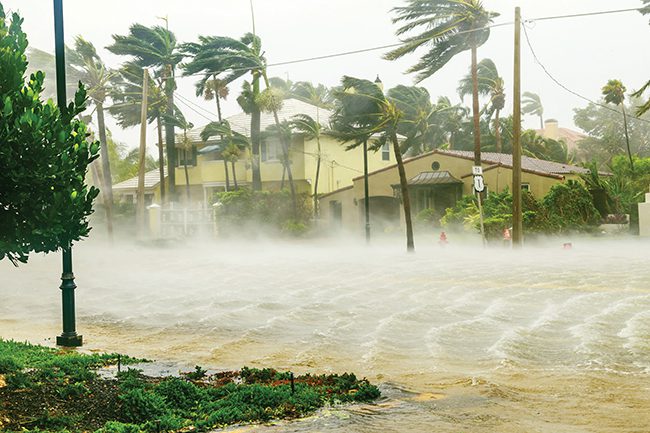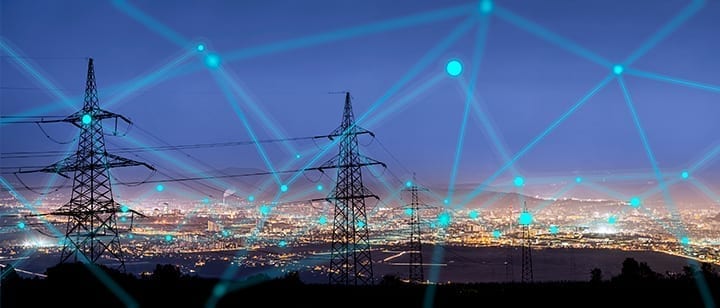Takeaways from 2024’s Biggest Outage Events
In an era when utilities and power generators rely on digital information technology (IT) infrastructure to help manage oversight of plant operations, ensuring uptime has never been more essential. Unfortunately, […]
The post Takeaways from 2024’s Biggest Outage Events appeared first on POWER Magazine.

